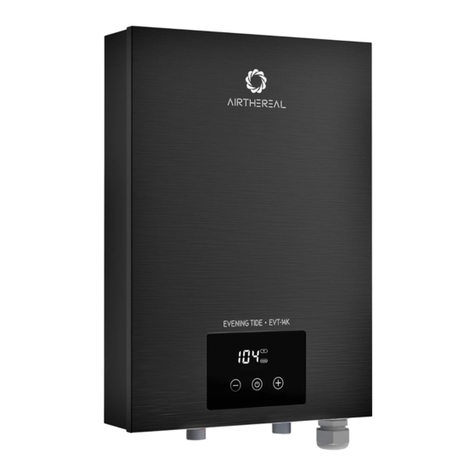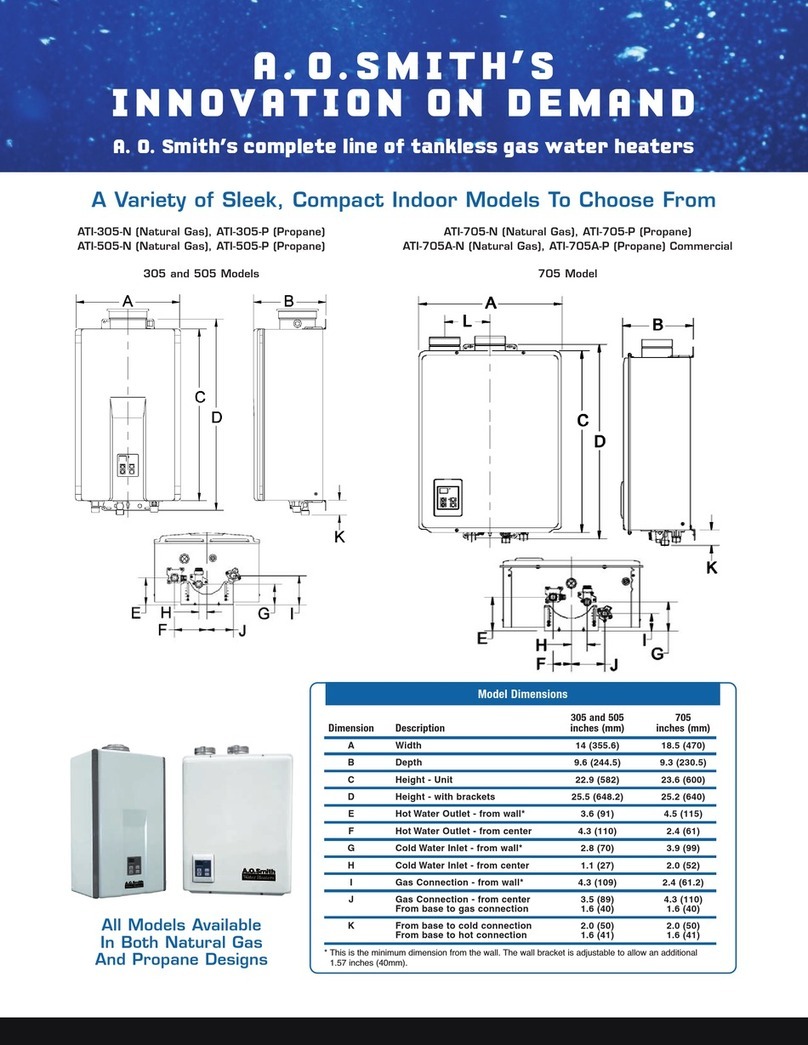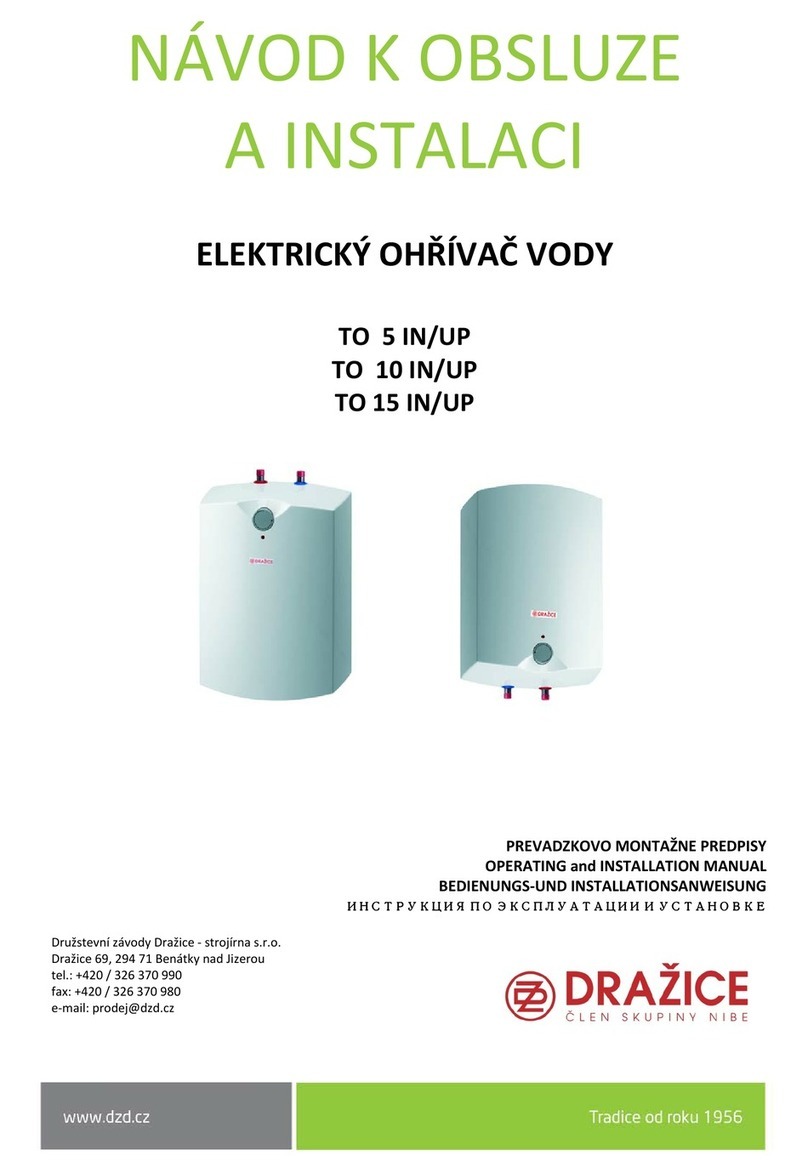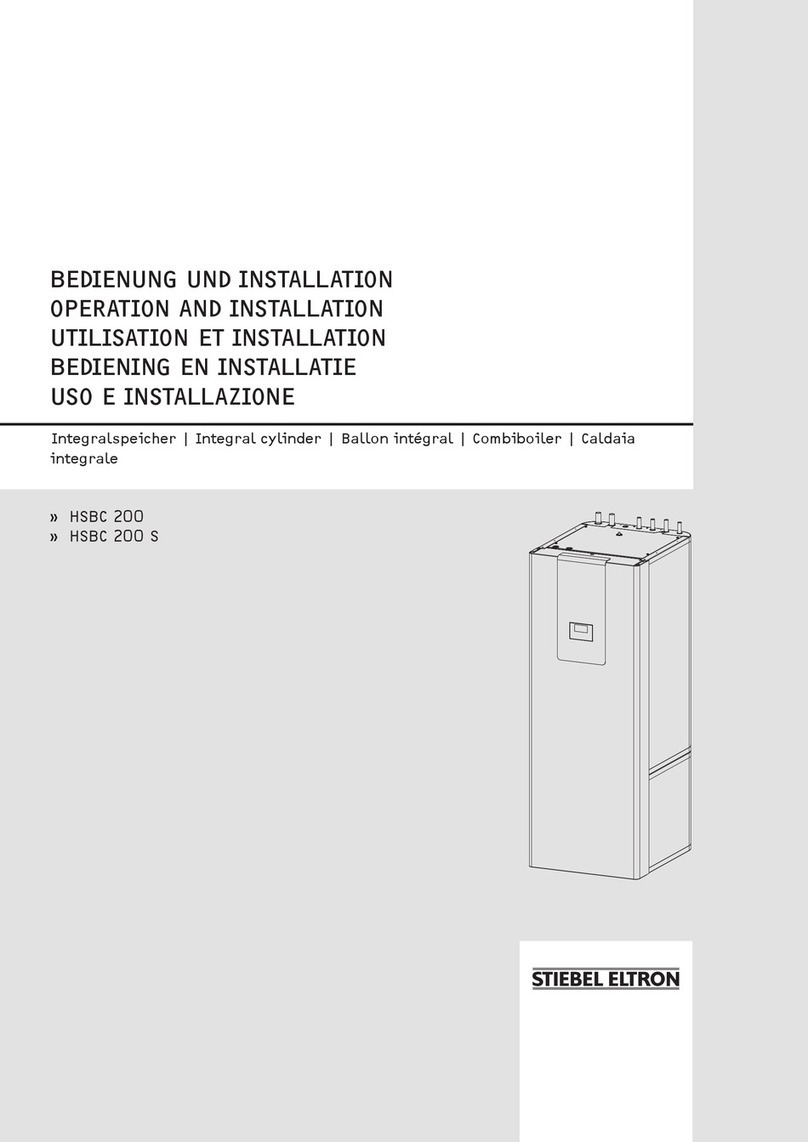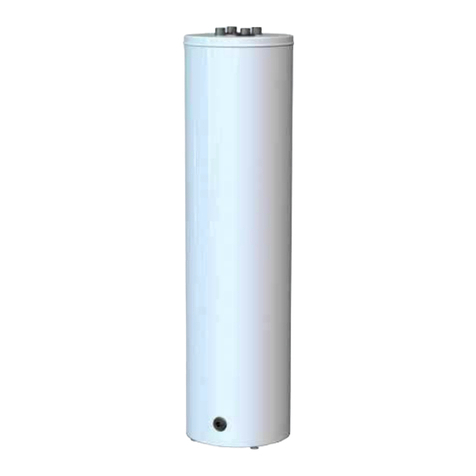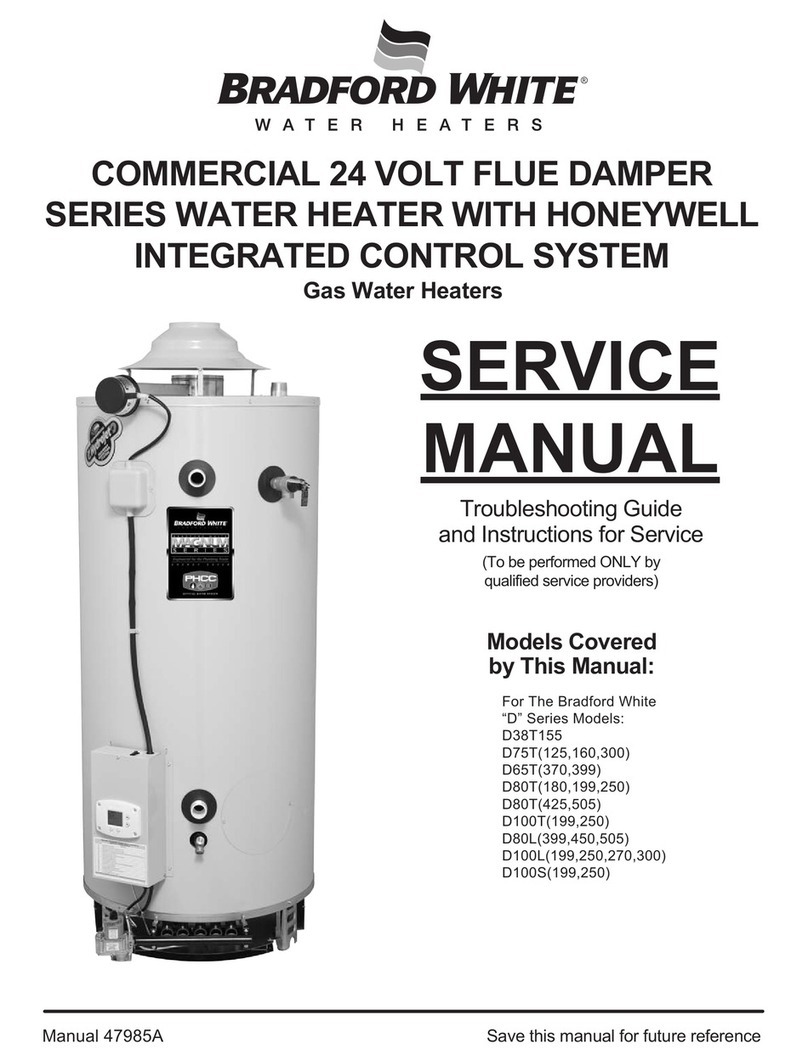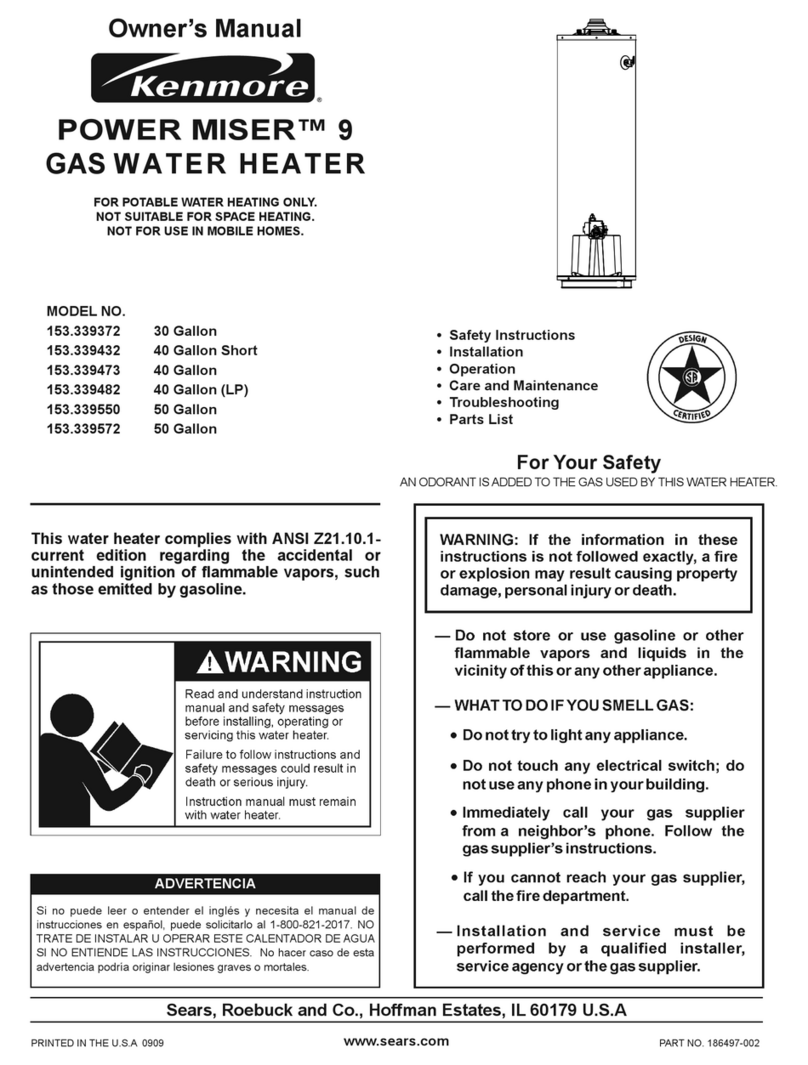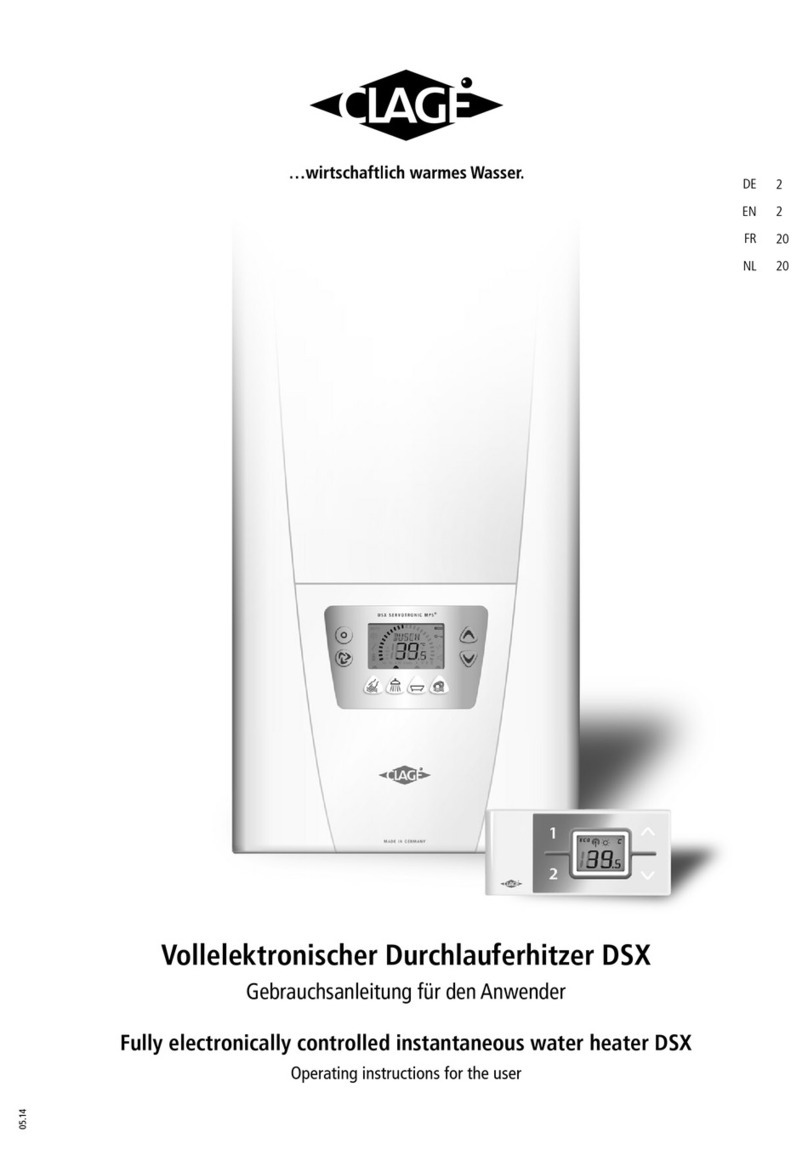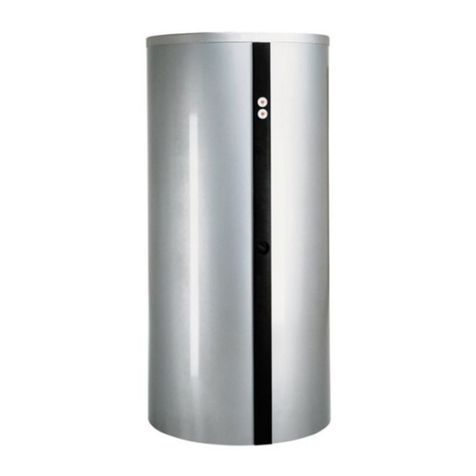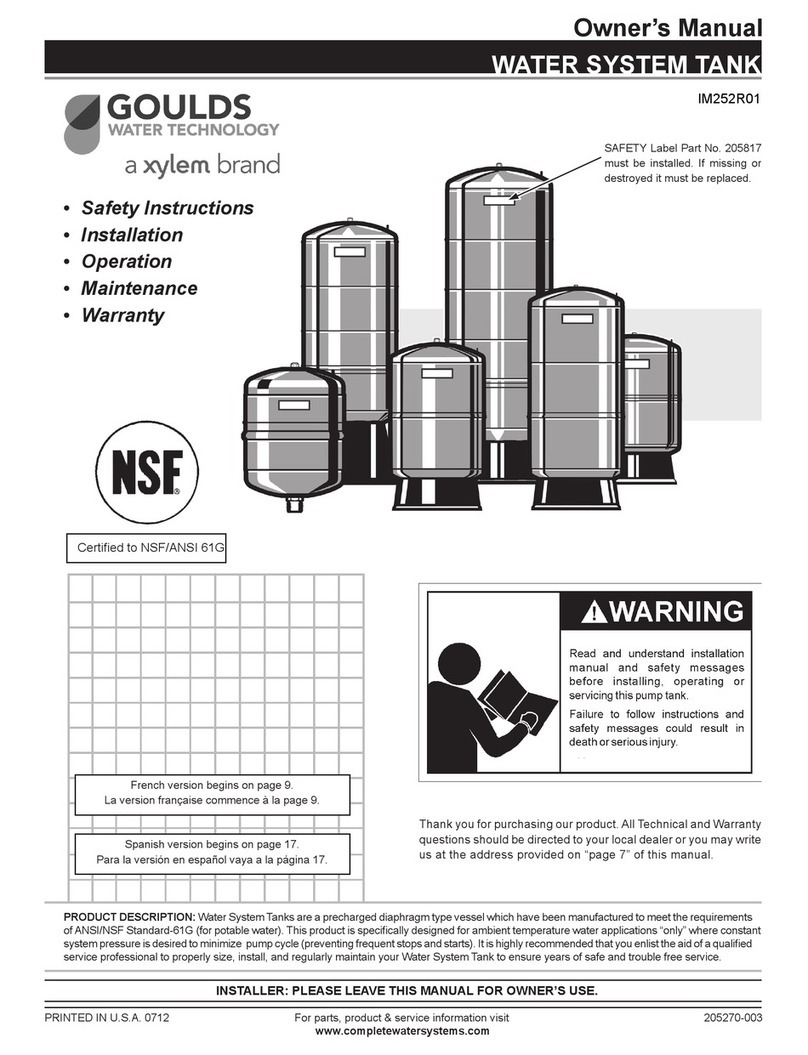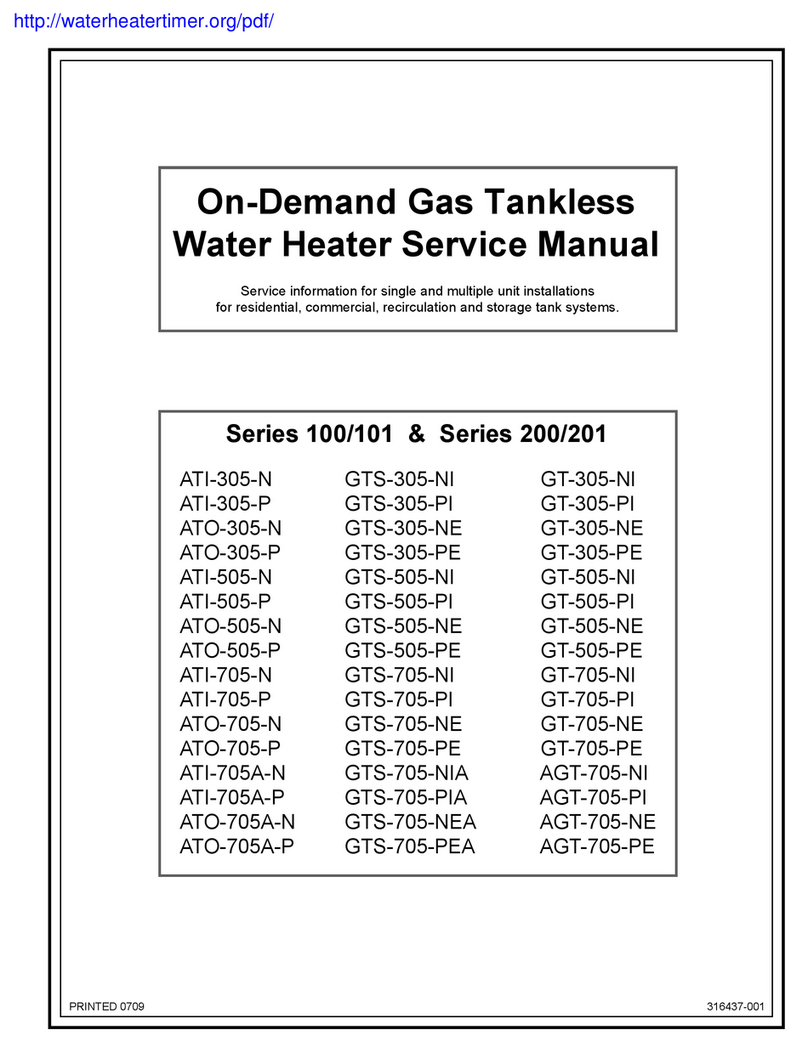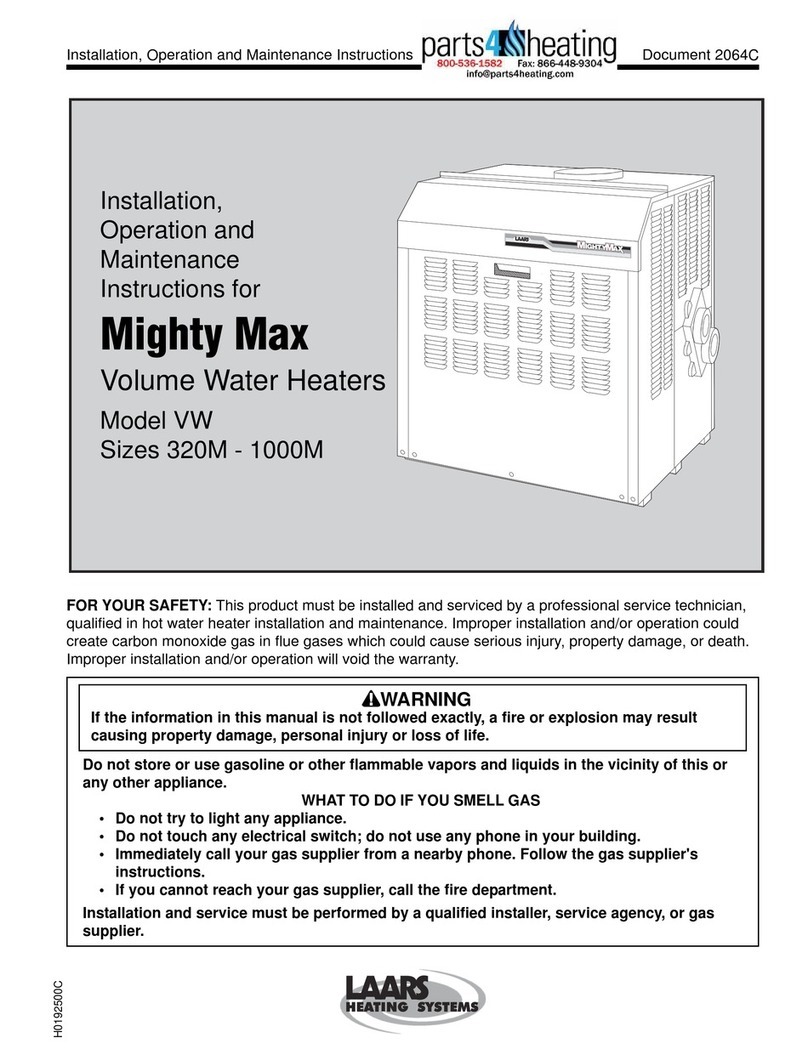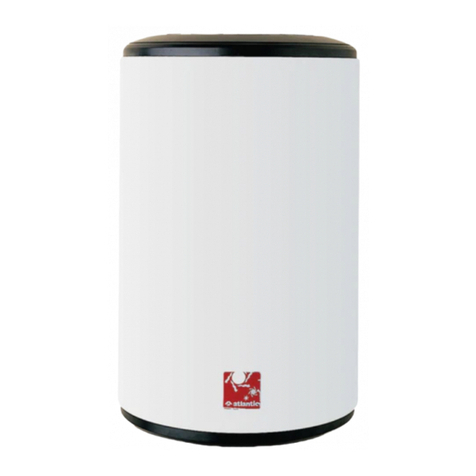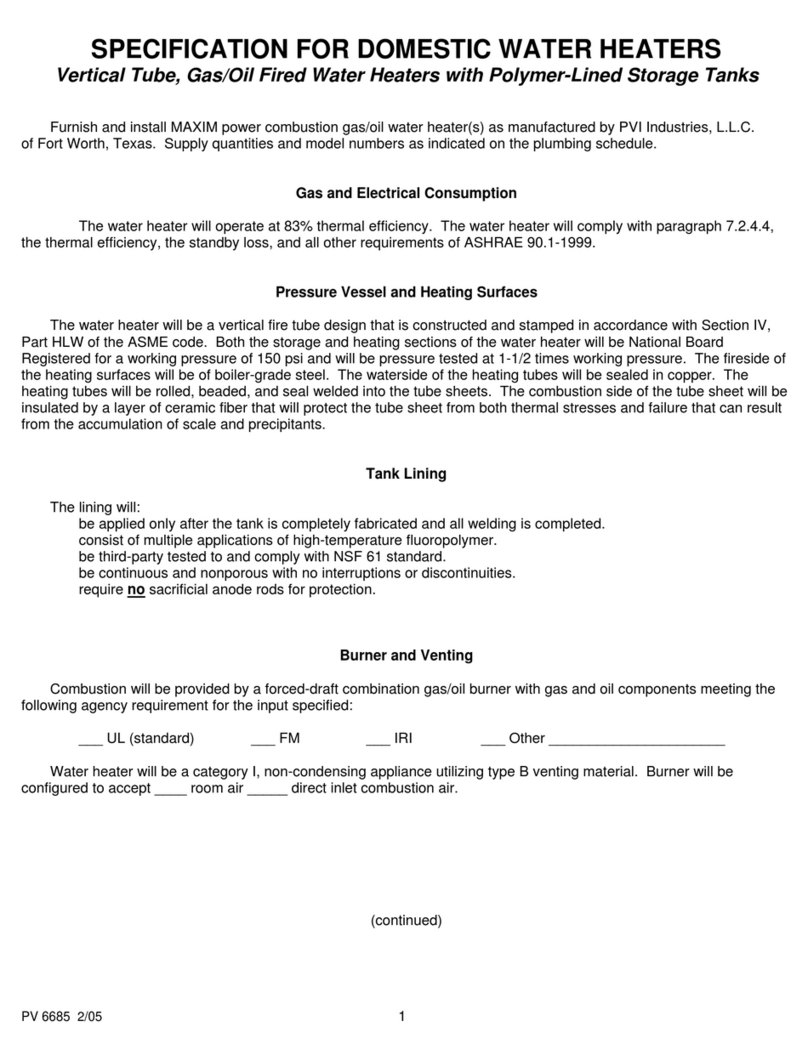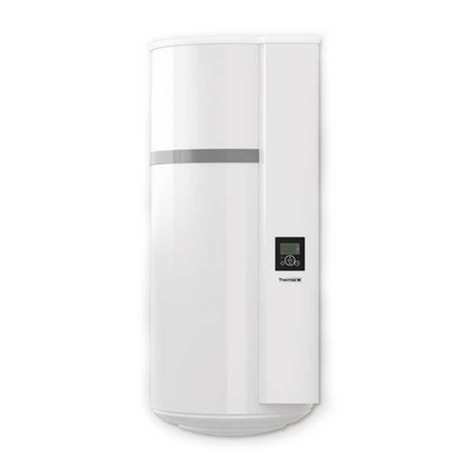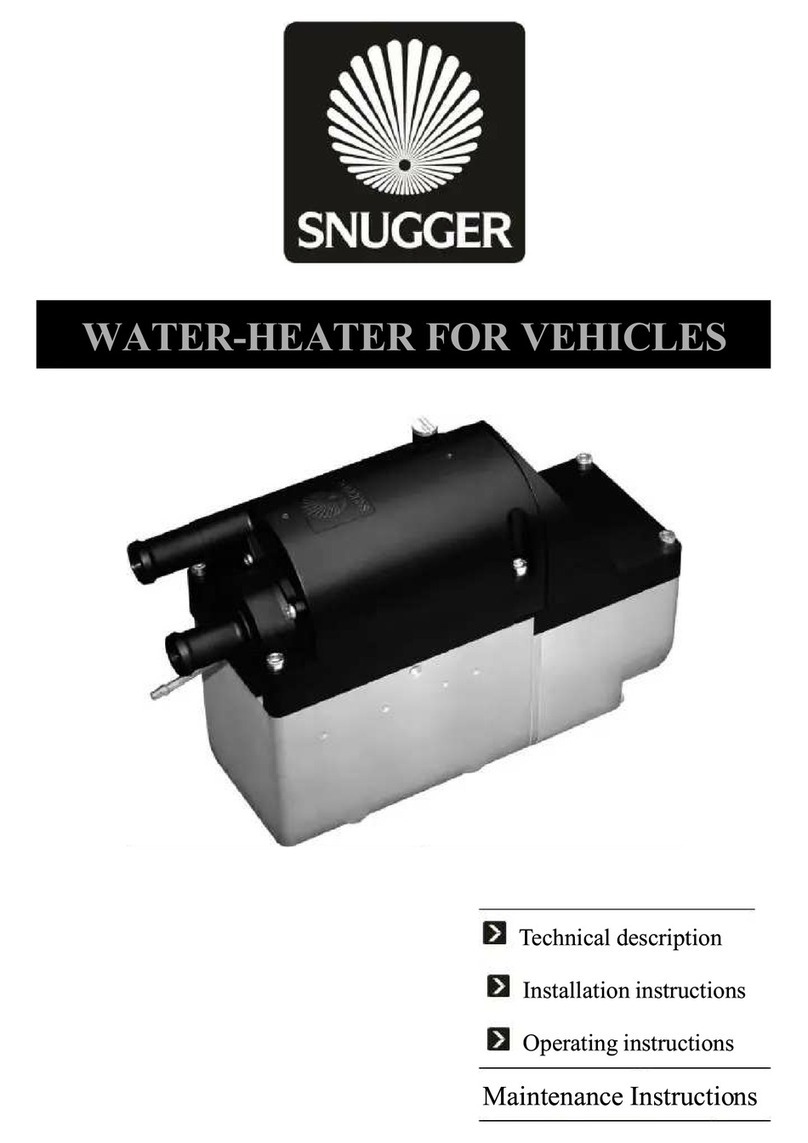and rubbing against vehicle body. Use protective heat shields if necessary.
Secure all hoses with hose clips. After operating the heater for 2 hours or engine
running 100KM check for leaks and tight clamps as necessary.
Maximum cooling circuit pressure shall not exceed 29 PSI (2 bar) not lower 5.8 PSI
(0.4bar) and when water temperature difference between water inlet and water outlet
must less than 10K to ensure the minimum water flow
The coolant liquid must contain at least 10% antifreeze all year round as a corrosion
protection.
Before commissioning the heater or after changing the cooling liquid, the whole
coolant circuit including heater must be free of air bubbles according to the installation
instructions. To top off cooling system, use only coolants approved by vehicle
manufacturer.
The installation of Combustion air system
Install the tube of the combustion air intake in such a way that the air intake is protected from
sucking water, dust, hot air, exhaust fumes or any other debris into the combustion chamber.
Inner hose diameter 0.9”(24 mm). max. Length 55” (1.5 m), depending on the installation
conditions.
The installation of exhaust system
The flexible exhaust pipe inner diameter of (29mm) can be shortened to no less than 8” (0.2m)
from the heater to the silencer (muffler) but not longer than a total of 78” (2m) including muffler.
Fasten the exhaust silencer (muffler) at suitable position to the vehicle frame, route the flexible
exhaust pipe from the heater to the exhaust silencer and fasten with hose clamps. Use hose
clips to attach the exhaust flex pipe to the vehicle body.
COMBUSTION AIR SYSTEM
EXHAUST SYSTEM
Ö
Ö
Lengthest 2mLengthest 1.5m Shortest 0.2m
Combustion air inlet Exhaust pipe Exhaust silencer Tail pipe
Warning:
The entire exhaust system gets very hot during operation and immediately after the
heater has been working. Keep the exhaust system parts away from any flammable
materials. Wires, hoses, fuel lines, carpets, plastics, brake lines, etc.
Maintain at least 1/2”air gap between the exhaust pipe and sheet metal walls in order
to prevent the heat transferring through the metal and damaging materials on the other
side of the wall. Use heat shields if necessary. Point the heater exhaust tail pipe slightly
downward, in open air, away from travel direction and at least 12”away from any
combustible or flammable materials.
Tail pipe cannot protrude beyond the lateral limits of the vehicle. Route the exhaust
pipe in such a way so the exhaust fumes cannot be sucked into the vehicle.
Do not perform any work on the exhaust system while the heater is working. Before
working on the exhaust system, first turn the OFF heater and wait until all parts have
cooled down completely, always wear safety gloves and eye protection.
The following safety instructions must be observed when mounting the fuel pump, routing fuel
lines and installing fuel tank pick-up tube
Turn OFF vehicle engine and heater before working on the fuel supply or before refueling. Do
not use “naked” lights, open flames, do not smoke, do not inhale fuel vapors and avoid fuel
contact with skin. Work only in well ventilated area.
When installing fuel lines, use only a sharp knife to cut fuel hoses and pipes. Interfaces shall
not be crushed and must be free of burrs.
The fuel line from the pump to the heater should be installed at a continuous rise.
Fuel lines must be fastened to avoid damage and / or noise from vibrations.
Route the fuel lines in a way that they are protected from vehicle distortion, movement, etc.
Never route or fasten fuel lines to the heater or vehicle exhaust system. When the fuel line
crosses a hot element, always ensure there is sufficient clearance. If necessary, install heat
deflection plates.
As shown in the figure, in case bubble in the connecting position, please make fuel pipe butt
joint to fuel pump.
FUEL SUPPLY
1. Connect correct 2. Wrong correct
Safety Instructions for fuel pipes and fuel tanks in passenger compartment
In a passenger bus, fuel pipes and fuel tanks shall NOT be routed through the passenger
compartment or operator or driver’s cab.
Fuel tanks in passenger vehicles must be positioned in such a way that the exits are not in
direct danger from a possible fire.
SNUGGER 08
SNUGGER
07
SS5000 WATER HEATER SNUGGER










